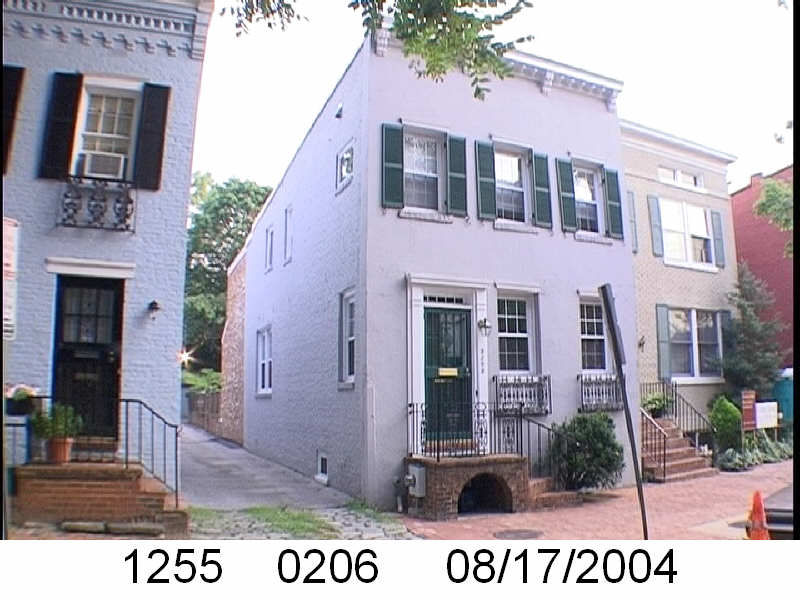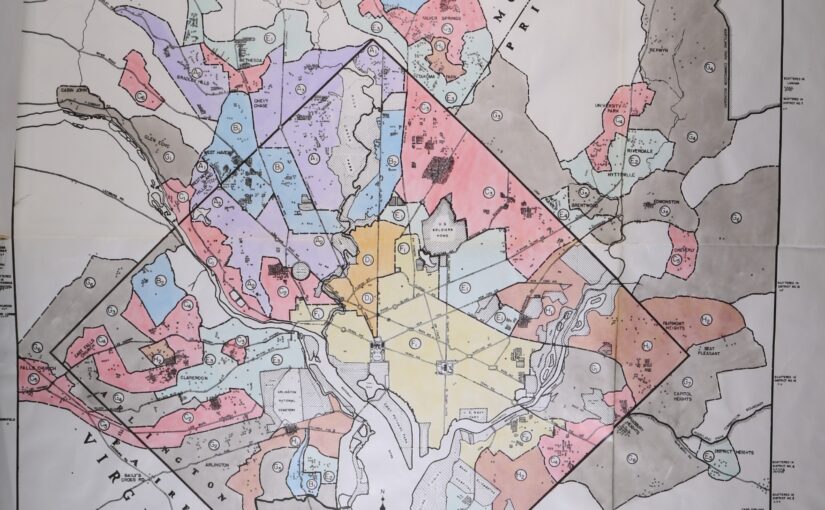Although the African American home owners of Truxton Circle are my focus, I am looking at a few other blocks in Washington, DC to compare them to. So I looked at the census for blocks in the city that were in the F1 or red-lined category, but happened to be 90%-100% white. I included Georgetown, and this is the story of one household.
 I’m not sure why document # 192910230142 didn’t show up to document Charles A. and his wife Mabel V. Pendry’s purchase of 3253 P St NW from Emma and Henry Frain on September 17, 1929. They bought it and borrowed $2,700 from trustees Arthur G. Bishop and Arthur J. Bridgett. Then in 1933 the sold it back to Emma Frain. The end.
I’m not sure why document # 192910230142 didn’t show up to document Charles A. and his wife Mabel V. Pendry’s purchase of 3253 P St NW from Emma and Henry Frain on September 17, 1929. They bought it and borrowed $2,700 from trustees Arthur G. Bishop and Arthur J. Bridgett. Then in 1933 the sold it back to Emma Frain. The end.
In the 1930 census Charles Augustus Pendry was a New York born engineer who worked for the federal government. He was previously married to an Ida Pendry who he divorced in 1924 after 31.5 years of marriage. But as we see above, by 1929 Pendry was married again to wife #2 Mabel Victorine. In the 1930 census, he was 59 years old, she 48. They lived with two lodgers Alexander P. Korman (20 yo) and Clarence Sterner (40 yo). He had no children.
By the 1940 census the couple had moved to G-d’s waiting room, aka Florida. They were renting, living as retirees in Tampa. Mabel died in 1949 and Charles passed in 1954.


